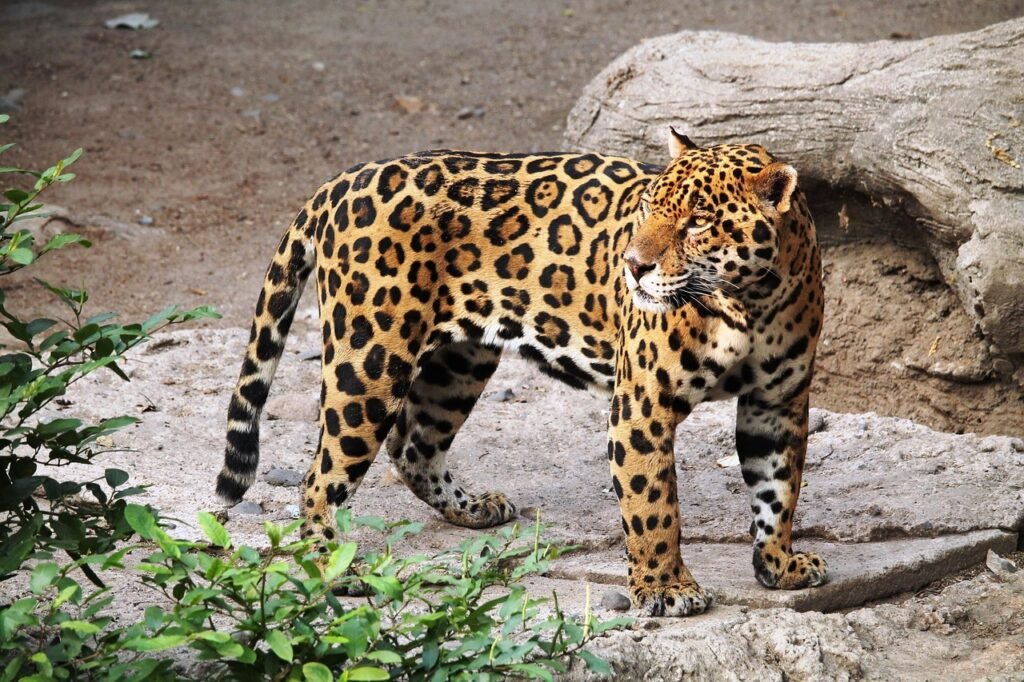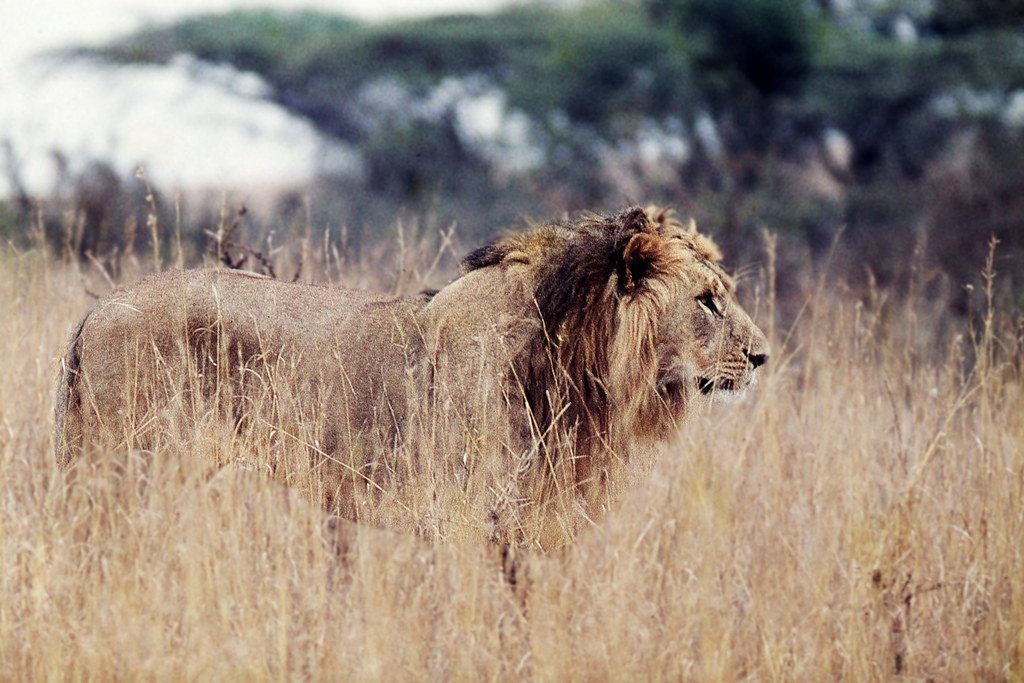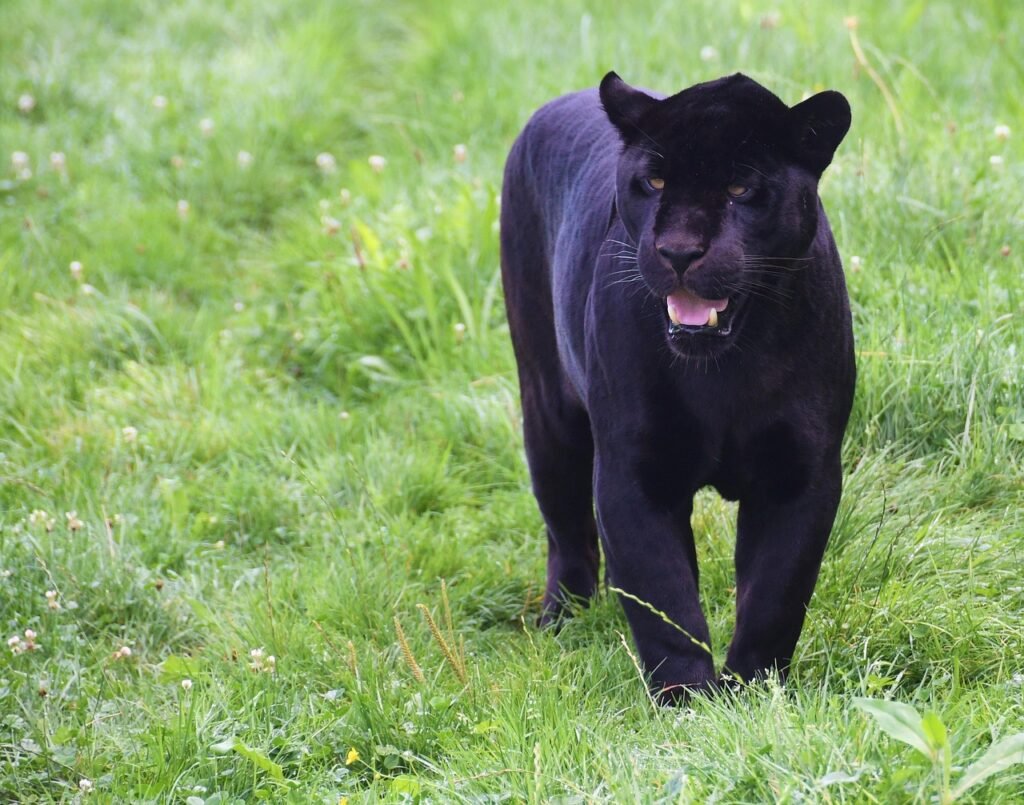In some towns, the ground itself hums with heat, even on snow-bitten mornings. Beneath our feet, slow-burning coal seams and peat layers smolder for years, sometimes generations, feeding on oxygen that slips through cracks and roots. These hidden fires don’t roar – they whisper, spreading sideways, out of sight, shaping landscapes and lives in ways most of us never see. Scientists now frame them as a long, low drumbeat in a warming world, a steady release of heat and gases that can tip local climates and stress public health. The puzzle is equal parts geology, chemistry, and human history – and solving it will take more than a few hoses and shovels.
The Hidden Clues

Walk a peat meadow on a crisp morning and you might miss the faint warmth at your ankles until a gust lifts steam from a hairline fracture in the soil. The ground can sink subtly where carbon-rich layers have quietly burned away, leaving soft pockets and unstable ledges. Vegetation offers hints: patches of stunted grass or scorched roots mark paths of unseen heat moving just inches below. Even snow tells stories, melting in lopsided ovals that trace an map of embers. In old mining districts, brick foundations warp and asphalt slumps, like a quilt tugged too hard at the corners. I’d argue the quiet menace of these signs is more unsettling than wildfire’s flames because the danger keeps its own slow calendar.
Chemistry

Subterranean fires are a masterclass in smoldering combustion, where heat crawls rather than leaps. In coal seams, carbon-rich rock oxidizes slowly, liberating heat that drives off moisture and preheats the seam ahead, a self-feeding loop. Peat behaves like a sponge of ancient plant matter; once dried by drainage or drought, it turns into a deep, porous fuel bed that burns low and long. The chemistry favors persistence: limited oxygen throttles flames but sustains the embers, creating a stubborn, oxygen-starved burn. Gases – carbon monoxide, carbon dioxide, and a stew of volatile compounds – percolate through fractures and old root channels. Because smoldering is harder to extinguish than flaming fire, the chemistry often calls the shots long after the headlines fade.
From Ancient Tools to Modern Science

Communities once hunted these fires with shovels, clay, and water, carving trenches to starve seams of oxygen and flooding voids where they could. That playbook still matters, but today’s toolkit looks very different: thermal satellites flag hot spots; drones skim low to sniff gases and map heat in exquisite detail; and fiber-optic cables measure subtle temperature changes along buried lines. InSAR radar detects ground surface shifts from space, revealing where the earth has sagged as peat or coal disappears. Field teams now use handheld spectrometers and lightweight corers to profile soils, tying chemistry to heat signatures. The goal isn’t just to find a flame – it’s to understand the hidden architecture of the fire, the air pathways and moisture patterns that keep it alive. In practice, the smartest interventions blend old-school isolation with high-resolution data to target the right section at the right time.
The Human Cost

People living near smoldering zones breathe air that can carry fine particles and carbon monoxide, the kind of invisible load that quietly taxes hearts and lungs. Homes crack, roads buckle, and property lines become moving targets as the subsurface shifts. In mining regions, evacuations aren’t rare, and the social fabric frays when neighborhoods thin out and schools or clinics move. Local economies feel the drag: insurance grows complicated, development stalls, and investment flows elsewhere. At the same time, cultural identity can become entangled with the fire’s legacy, turning pits and sinkholes into unwanted landmarks. Children grow up with rules about where not to play, a small but daily reminder that the past still smolders below.
Global Perspectives

These fires aren’t confined to a single climate or country; they surface wherever geology, weather, and human land use align. Coal seam fires simmer beneath former mining towns in North America, Asia, and Australia, some sparked decades ago by accidental ignitions or waste burning. Peat-rich regions in the higher latitudes and the tropics face different triggers – drainage, land conversion, and extended dry spells that turn wetlands into tinder. In boreal landscapes, lightning can ignite peat layers after drought, while in equatorial peatlands, canal networks lower the water table and invite smoldering spread. Each place writes its own chapter, but the through line is clear: once these fires start, distance and jurisdiction matter little compared with the physics of heat and oxygen. Global lessons travel well, and so do mistakes.
Why It Matters

Smoldering fires complicate our climate math because they act like stubborn, long-lived sources of heat and emissions that rarely show up in daily wildfire tallies. Unlike dramatic flames, which race and then pass, burns can persist through rainy seasons and winters, releasing pollutants for months or years. The health implications ripple outward; fine particles and haze don’t respect fences or county lines. Economically, remediation projects can drain local budgets while the benefits – cleaner air, stable ground – arrive slowly, often beyond a political term. In science terms, these fires challenge our models, forcing researchers to integrate slower combustion pathways and underreported emissions. If we want a full accounting of risk and carbon, the subterranean burn has to be part of the ledger.
The Future Landscape

New satellites with sharper thermal eyes promise earlier detection, especially when paired with machine learning that spots patterns in night-time heat. Ground teams are testing foams and inert gas injections designed to smother embers in deep seams without flooding entire valleys. In peatlands, the most powerful tool isn’t high-tech at all – it’s water, restored through rewetting projects that lift the water table and deny oxygen to the fuel bed. Policies that limit drainage and encourage wetland restoration turn off ignition pathways before a spark finds purchase. Some regions are exploring insurance and zoning mechanisms that discourage building on known smolder belts, treating them like seismic faults. The emerging lesson is pragmatic: prevention is cheaper than excavation, and smarter maps beat bigger hoses.
What You Can Do

Awareness sounds small, but it moves policy, and policy changes landscapes: support local wetland protections, especially measures that restore water flow to peat soils. Gardeners can skip peat-based potting mixes in favor of alternatives, a simple purchase that reduces demand for peat extraction. If you hike or live near old mining areas, report persistent wisps of steam or sulfur-like odors to local authorities rather than investigating vents yourself. Community groups can back land trusts and restoration projects that re-wet drained bogs and plug canals – practical fixes that starve fires of oxygen. Educators and volunteers can help map heat anomalies with sanctioned citizen science programs, feeding data into regional risk models. If you’re choosing where to live or invest, consult subsurface hazard maps the way you’d check floodplains; it’s one more layer of due diligence that can spare years of costly surprises.

Suhail Ahmed is a passionate digital professional and nature enthusiast with over 8 years of experience in content strategy, SEO, web development, and digital operations. Alongside his freelance journey, Suhail actively contributes to nature and wildlife platforms like Discover Wildlife, where he channels his curiosity for the planet into engaging, educational storytelling.
With a strong background in managing digital ecosystems — from ecommerce stores and WordPress websites to social media and automation — Suhail merges technical precision with creative insight. His content reflects a rare balance: SEO-friendly yet deeply human, data-informed yet emotionally resonant.
Driven by a love for discovery and storytelling, Suhail believes in using digital platforms to amplify causes that matter — especially those protecting Earth’s biodiversity and inspiring sustainable living. Whether he’s managing online projects or crafting wildlife content, his goal remains the same: to inform, inspire, and leave a positive digital footprint.




